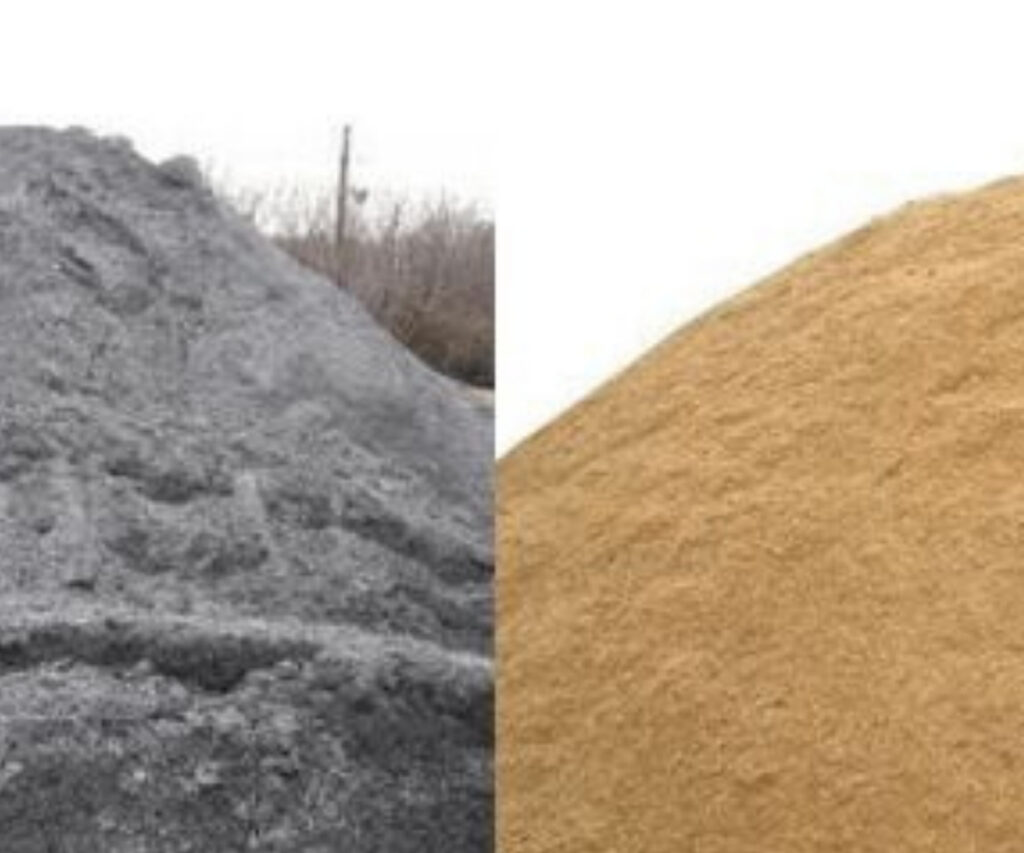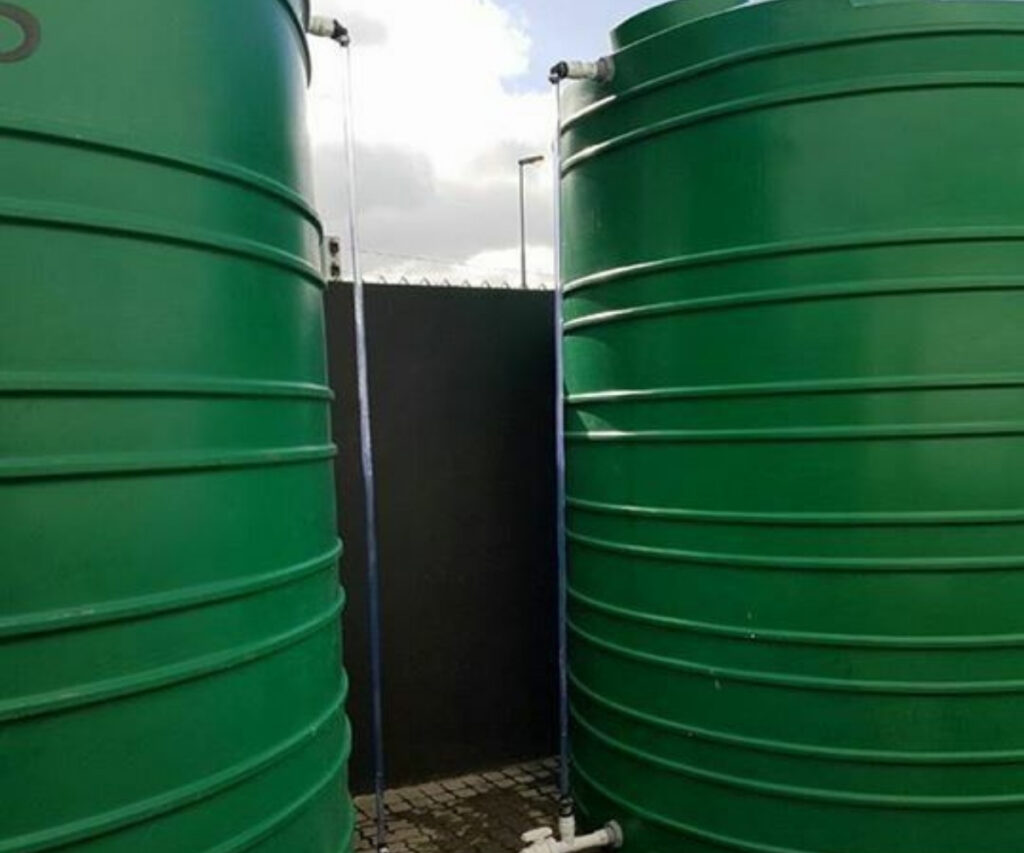M-Sand vs River Sand: Which Is the Better Choice for Construction?
Introduction When it comes to choosing the right type of sand for construction, both river sand and manufactured sand (M-sand) are widely considered. However, the availability, quality, and environmental impact of each type vary significantly, especially in today’s fast-paced construction world. With increasing restrictions on river sand mining and the rise of sustainable practices, M-sand has emerged as a strong alternative. Here, we compare the two types of sand across various parameters to help you understand which one is best suited for your building needs. River Sand: Natural, Smooth, and Traditionally Preferred River sand is a naturally occurring sand collected from river banks and beds. Known for its smooth texture and consistent particle size, it was once the most widely used material for making concrete and mortar. It blends well with gravel, cement, steel, and water to form high-quality concrete. It’s also ideal for plastering and joint filling due to its fine and uniform grain structure. One of the key benefits of river sand is its self-replenishing nature during seasonal flows. However, with the growing environmental concerns and a nationwide crackdown on illegal sand mining, many Indian states have restricted or banned river sand extraction. Additionally, river sand is now available only seasonally in many regions and at a much higher cost than before. Manufactured Sand (M-Sand): Engineered for Performance Manufactured sand, or M-sand, is made by crushing hard granite stones into fine particles. As the construction industry continues to grow and natural river sand becomes increasingly scarce, M-sand has gained popularity as a sustainable and practical alternative. It is readily available, less expensive, and often has more consistent quality compared to natural river sand. Because M-sand is produced from superior quality granite, it possesses excellent physical properties ideal for construction. Its angular texture enhances the bond with cement in concrete, and it has lower water absorbency, which improves the durability of reinforced concrete structures. M-sand also reduces steel corrosion by minimizing moisture penetration and freeze-thaw damage. Its uniformity and availability make it suitable for a wide range of construction activities, particularly in urban areas. Key Comparisons Between M-Sand and River Sand Source and AvailabilityM-sand is produced at quarry sites and manufacturing units, ensuring year-round availability. River sand, on the other hand, is found only at riverbanks and is subject to seasonal availability and government regulations. Manufacturing ProcessWhile river sand is naturally formed, M-sand is artificially created using mechanical crushers. This controlled production process ensures better consistency and quality in M-sand. Shape and TextureM-sand particles are angular and coarse in texture, which can require more water during mixing. River sand has a smoother and more rounded grain, improving workability and reducing water demand. Moisture ContentM-sand generally contains minimal moisture, especially if water-washed, which does not affect the concrete mix. In contrast, river sand often has moisture trapped between particles, which may alter concrete proportioning if not properly accounted for. Bulkage and Mix DesignM-sand simplifies the concrete mix design process as it doesn’t require bulkage correction. River sand demands careful moisture testing and correction to avoid structural weaknesses. Concrete Strength and Setting TimeConcrete made with M-sand tends to set faster and achieve higher strength due to its angular particles and better bonding. River sand provides average strength with a normal setting time. Water Absorption and WorkabilityM-sand has higher water absorption (2–4%), while river sand absorbs slightly less (1.5–3%). However, concrete made with river sand usually offers better slump and workability. Environmental ImpactM-sand is more eco-friendly as it is manufactured using natural aggregates without disturbing river ecosystems. River sand extraction can damage aquatic life, reduce groundwater levels, and cause ecological imbalance. Adulteration and Quality ControlM-sand is produced in a regulated environment, ensuring better quality control and minimal adulteration. River sand, being naturally sourced, often contains silt and other impurities, and adulteration is more common. Recommended UsageM-sand is ideally suited for concrete works, block laying, and RCC structures. River sand is preferred for fine finishing works like plastering due to its smooth texture. Physical PropertiesThe bulk density of M-sand is around 1.7 kg/cm³ compared to river sand’s 1.4 kg/cm³. Specific gravity of M-sand ranges from 2.5 to 2.9, depending on the parent rock, while river sand typically ranges from 2.4 to 2.7, depending on the river source. Cost ComparisonIn regions like Coimbatore, the cost of M-sand ranges from ₹40 to ₹50 per cubic foot depending on the transportation distance. River sand, being scarce and highly regulated, is far more expensive at ₹140 to ₹150 per cubic foot. Conclusion Both M-sand and river sand have their strengths and limitations. M-sand is gaining traction for its consistent quality, cost-effectiveness, and minimal environmental impact, making it a smart choice for large-scale and long-term construction. River sand, while still valued for its smooth finish and easy workability, is becoming less viable due to ecological and legal concerns. Ultimately, the choice depends on your construction goals, budget, and access to materials. However, with a focus on sustainability and durability, M-sand stands out as the future of sand in the building industry.











